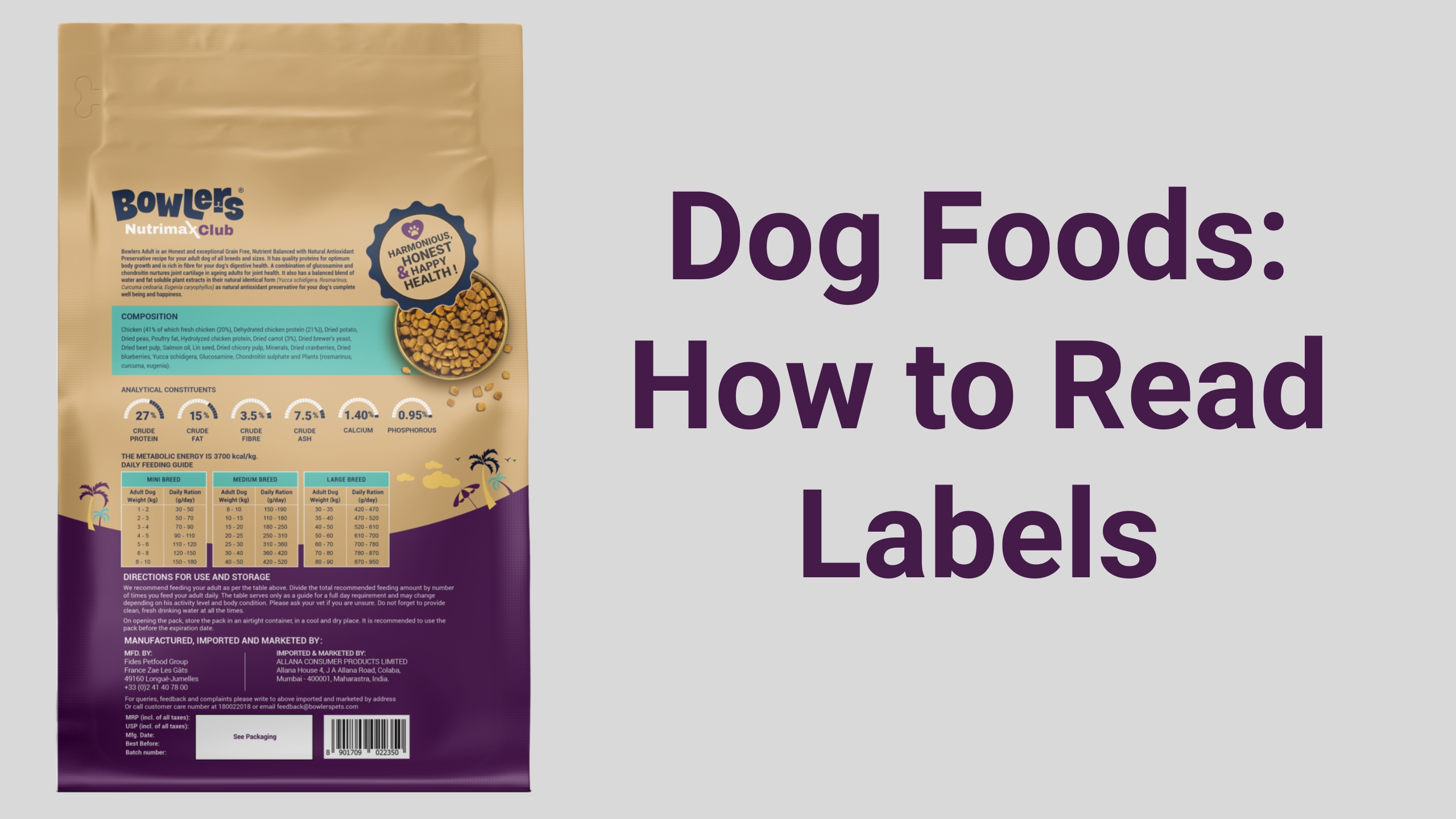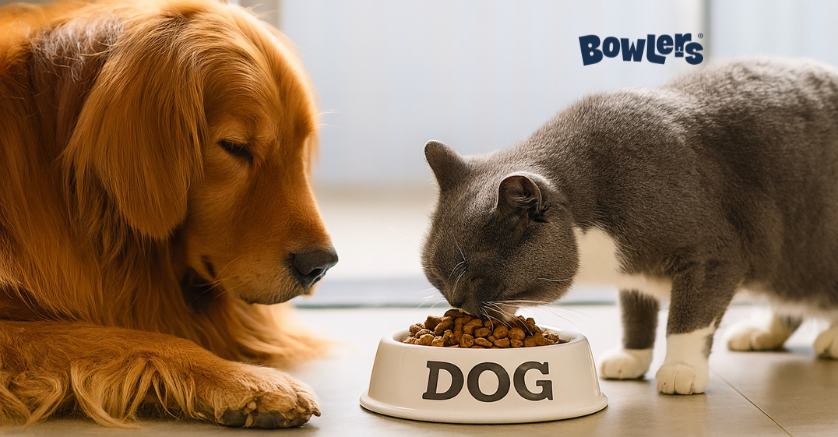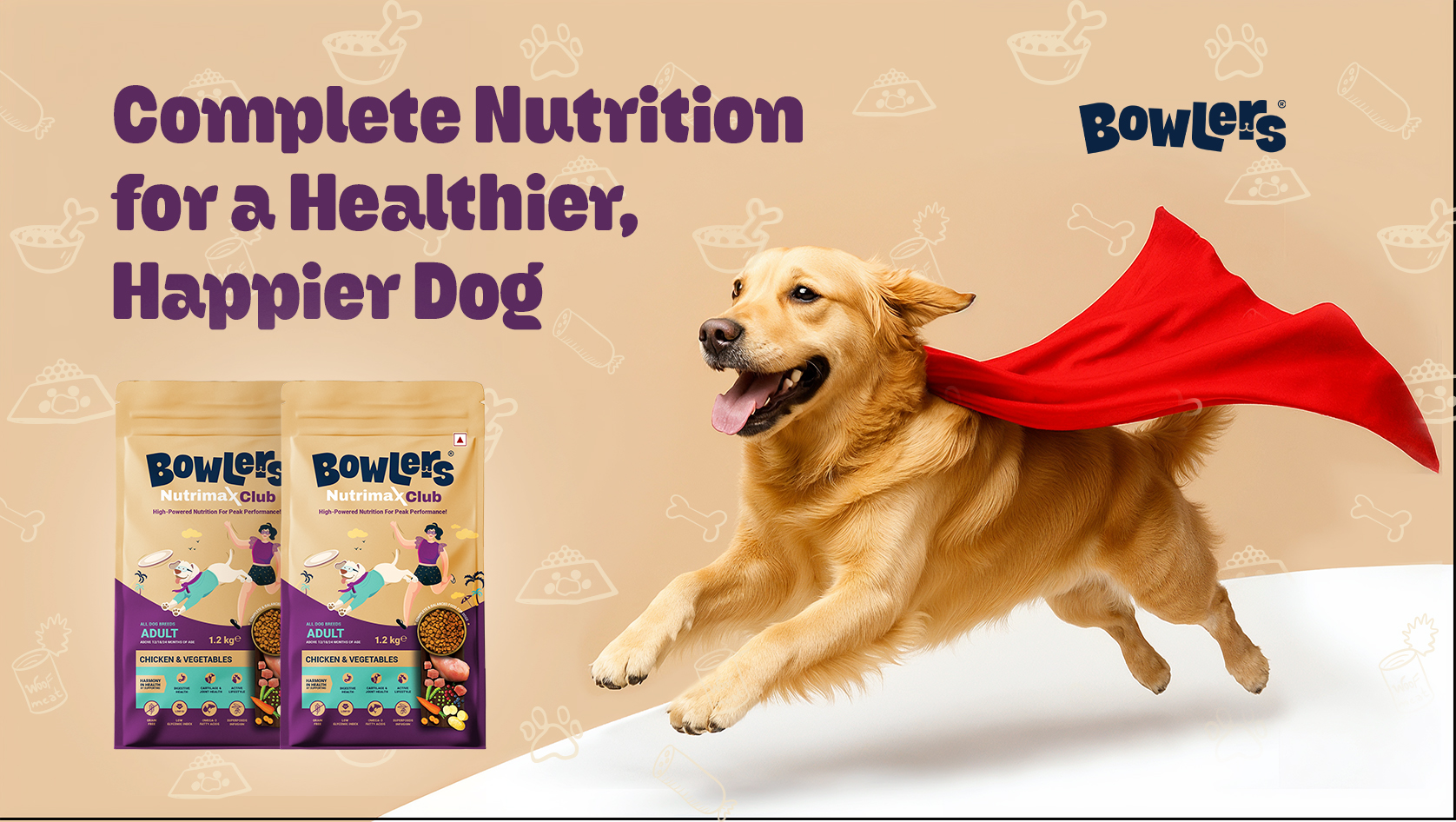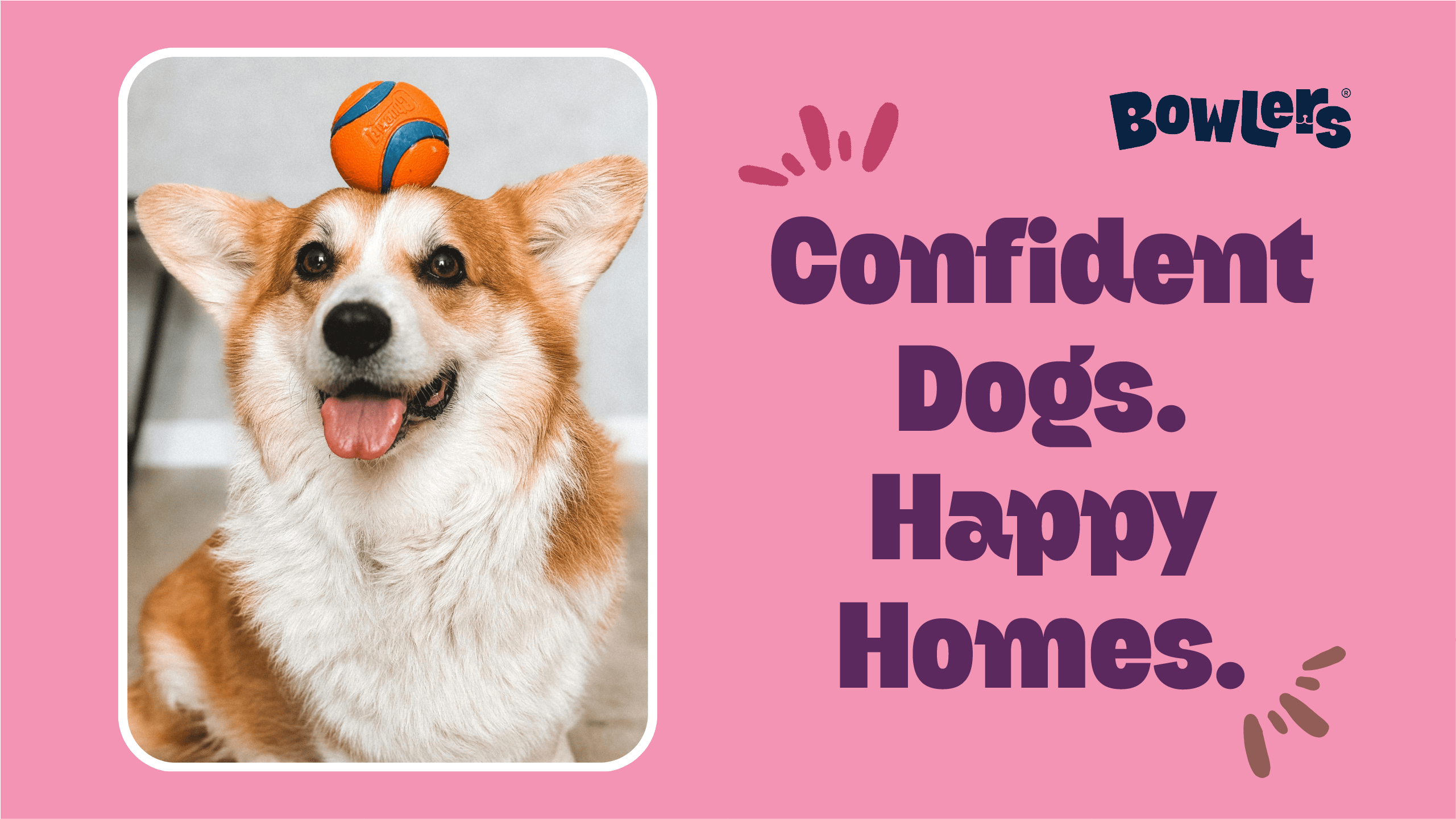Ultimate Guide to Reading Dog Food Labels: What Every Ingredient Means

Choosing the right food for your pet can be a daunting task for a devoted dog owner. How can you be certain that you’re giving your dog the best food when there are so many brands, buzzwords, and unclear ingredient lists?
At Bowlers, we think that nutrition and transparency go hand in hand. In order to make informed, healthful decisions for your dog, this guide will assist you in deciphering those confusing dog food labels and comprehending the true meaning of each ingredient.
This guide will help you become an expert at reading dog food labels, regardless of whether you shop on Amazon, Zepto, Instamart, Supertails, or Big Basket. Let’s get started!
The Importance of Reading Dog Food Labels
You can learn a lot about the nutritional value of the food you’re feeding your pet from the regulated information on dog food labels, which are more than just marketing. Ingredients used (and in what quantity) are disclosed on a label.
- Adequacy of nutrition
- Guidelines for feeding
- Details of the manufacturer
Understanding how to properly read these labels will help you identify allergens, steer clear of inferior fillers, and make sure your dog is receiving a healthy, balanced diet.
Understanding Ingredient Lists: What Comes First Matters Most
Dog food ingredients are listed on labels in order of weight, from highest to lowest. This indicates that the majority of the food consists of the first few ingredients.
Look for these premium ingredients at the top:
- Referred to as animal proteins (not just “meat” or “animal by-product”), such as salmon, lamb, turkey, or chicken.
- Whole grains, such as oatmeal or brown rice
- Fruits and vegetables such as blueberries, carrots, and sweet potatoes
- Steer clear of or exercise caution around: Meat by-products Non-nutritive animal parts may be among them.
Decoding Common Ingredients: What They Really Mean
Here are a few ingredients you see on dog food labels and what they really mean for your pup:
- Chicken Meal A concentrated protein made by cooking chicken down to remove water. It isn’t the same as by-products and usually has more protein than fresh chicken because the moisture is gone.
- Beet Pulp A gentle, natural fiber from sugar beets that helps keep a dogs digestion running smoothly.
- Tocopherols (Vitamin E) A plant-based preservative that keeps food fresh longer and is kinder than man-made options like BHA or BHT.
- Chelated Minerals Minerals linked to amino acids so the body can use them easily, a sign of a higher-quality dog food.
Understanding Guaranteed Analysis and Nutritional Labels
Every dog food bag carries a Guaranteed Analysis-a simple chart showing the lowest and highest amounts of key nutrients:
- Crude Protein – builds and repairs muscles
- Crude Fat – fuels energy and keeps skin supple
- Crude Fiber – helps food move through the gut
- Moisture – shows how much water is inside
You use this chart to see whether a blend meets your dog’s life stage. Growing pups usually require more protein and fat than grown pets. High-energy breeds may need an even richer formula, while older dogs sometimes benefit from extras like glucosamine for their joints.
The Role of Flavorings, Preservatives, and Additives
Not all preservatives and additives are harmful; some are necessary for palatability and shelf life. Finding the safe and natural ones is crucial.
Beneficial additives:
- Natural preservatives such as rosemary extract and tocopherols (Vitamin E)
- Vital minerals and vitamins (calcium, vitamin A, vitamin D, etc.)
- Probiotics to promote intestinal health
Ingredients to stay away from:
- Artificial coloring
- Chemical preservatives
- Added sugars or syrups, which are linked to dental problems and obesity.
At Bowlers, we maintain a clean environment by using only natural preservatives and adding probiotics, vitamins, and minerals to our recipes—never artificial junk.
How to Pick the Best Dog Food for Your Pup’s Requirements
Not every dog requires the same diet. To find the best dog food, use the formula on the label:
- Age (adult, puppy)
- Size of breed (small, medium, large)
- Health condition (weight control, allergies, sensitive stomach)
Look for labels that state things like “Supports skin and coat health,” “Complete and balanced for adult maintenance,” or “Formulated for growth of large breed puppies.”
Additionally, don’t be duped by attractive packaging. Terms like “natural,” “premium,” and “gourmet” are unregulated. Always consult the guaranteed analysis and ingredient list.
Have faith Who Owns It and What’s on the Label?
At Bowlers, we understand that your dog is more than just a pet, they’re family. That’s why we’re committed to using only premium ingredients, clean nutrition, and complete transparency in every batch we create. We believe in showing you exactly what goes into your dog’s food, which is why we invite all pet parents to visit our factory anytime to see first-hand how we make your dog’s food. Trust, quality, and peace of mind, it’s all in every bowl.
Trust What’s on the Label And Who’s Behind It
We at Bowlers recognize that your dog is a member of the family. For this reason, we guarantee that every bowl contains premium ingredients, clean nutrition and transparency. Veterinarians and pet nutritionists who understand what dogs require and exclude what they don’t create our recipes.
Quality nutrition is always just a click away thanks to our easy shopping experience across your favorite platforms, including Amazon, Zepto, Instamart, Supertails, and Big Basket.
The best is what your dog deserves. You can now ensure they receive it by reading the label.


